
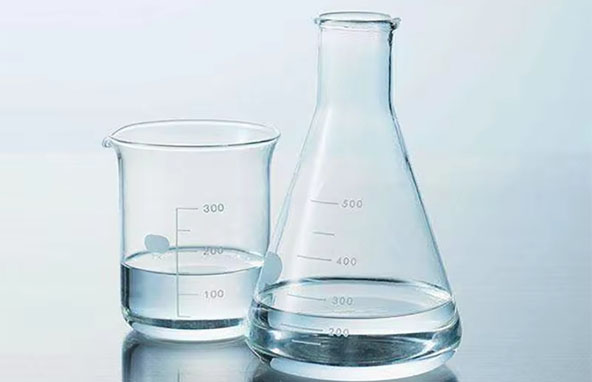
| Glycoles | Acetates |
|---|---|
| Methyl Acetates (C₃H₆O₂) | Mono Ethylene Glycoles (C₂H₆O₂) |
| HS: 29153940 | HS: 29053100 |
| Ethyl Acetates (C₄H₈O₂) | Di Ethylene Glycoles (C₄H₁₀O₃) |
| HS: 29153100 | HS: 29094100 |
| Normal Butyl Acetates (C₆H₁₂O₂) | Tri Ethylene Glycoles (C₆H₁₄O₄) |
| HS: 29153300 | HS: 29053900 |
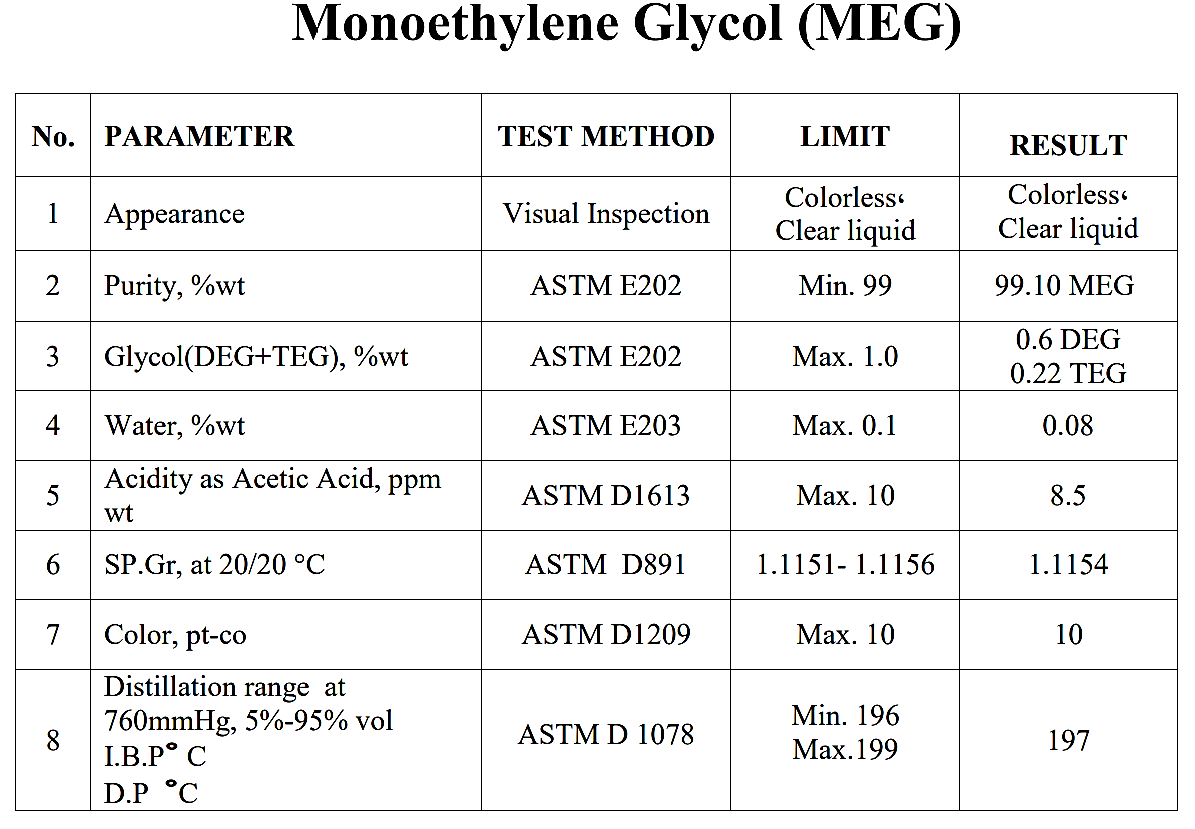
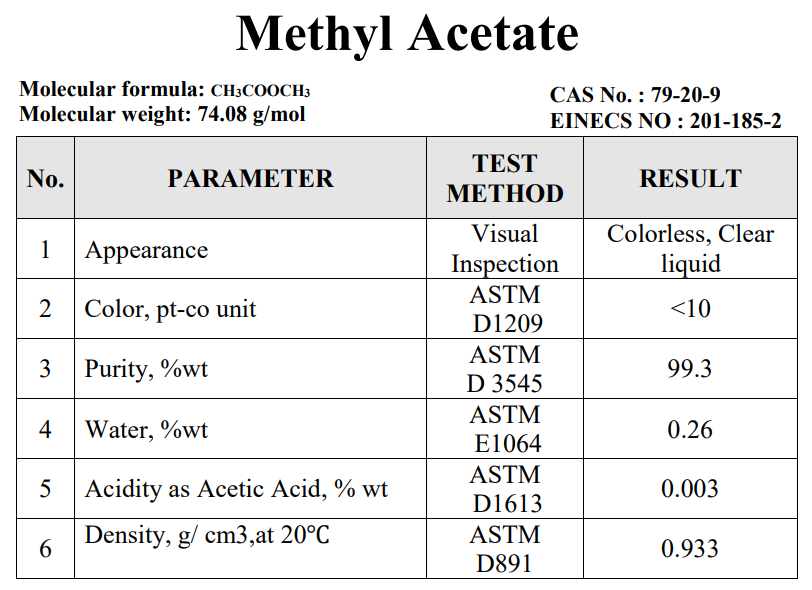
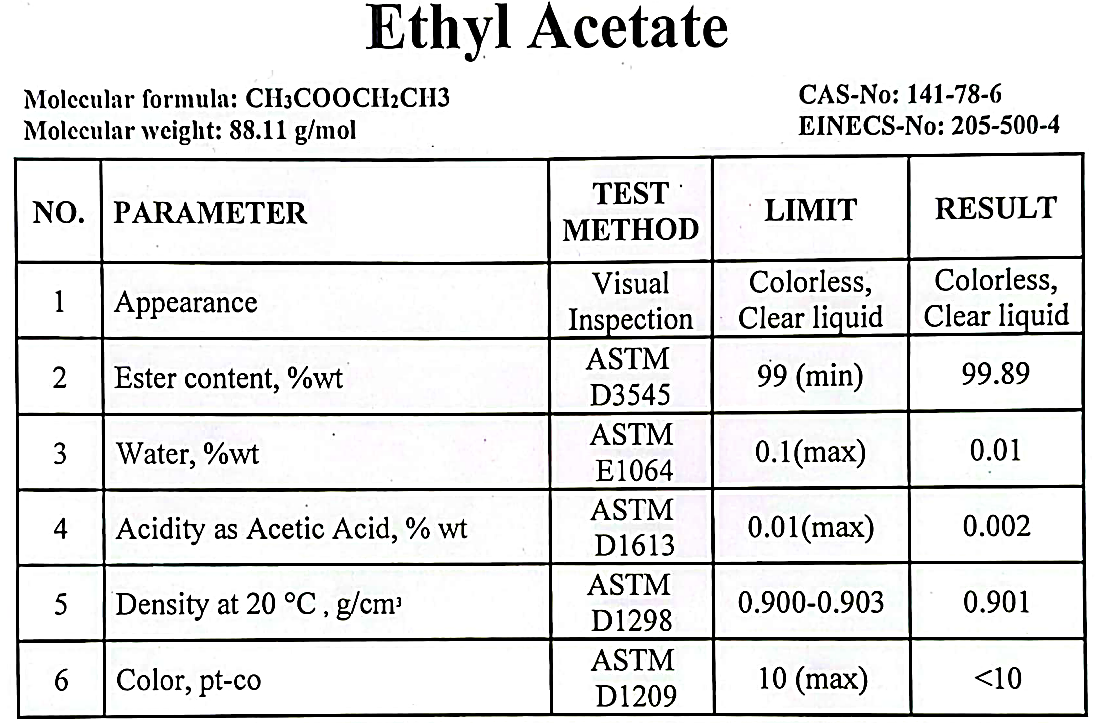
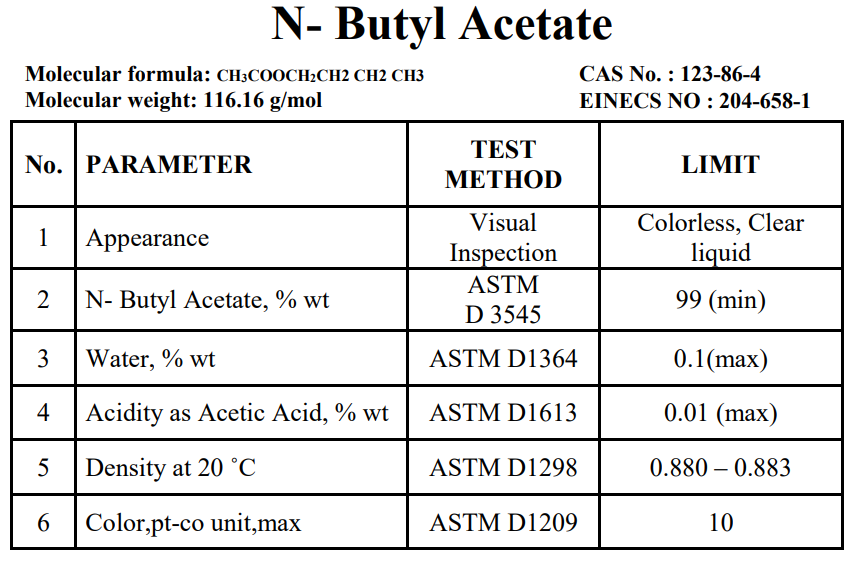
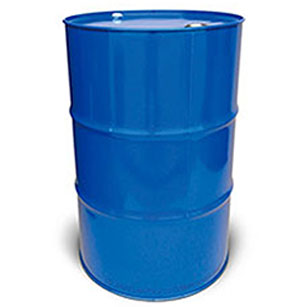
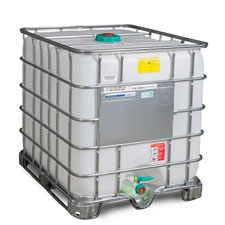

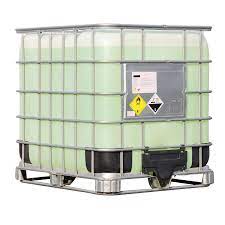
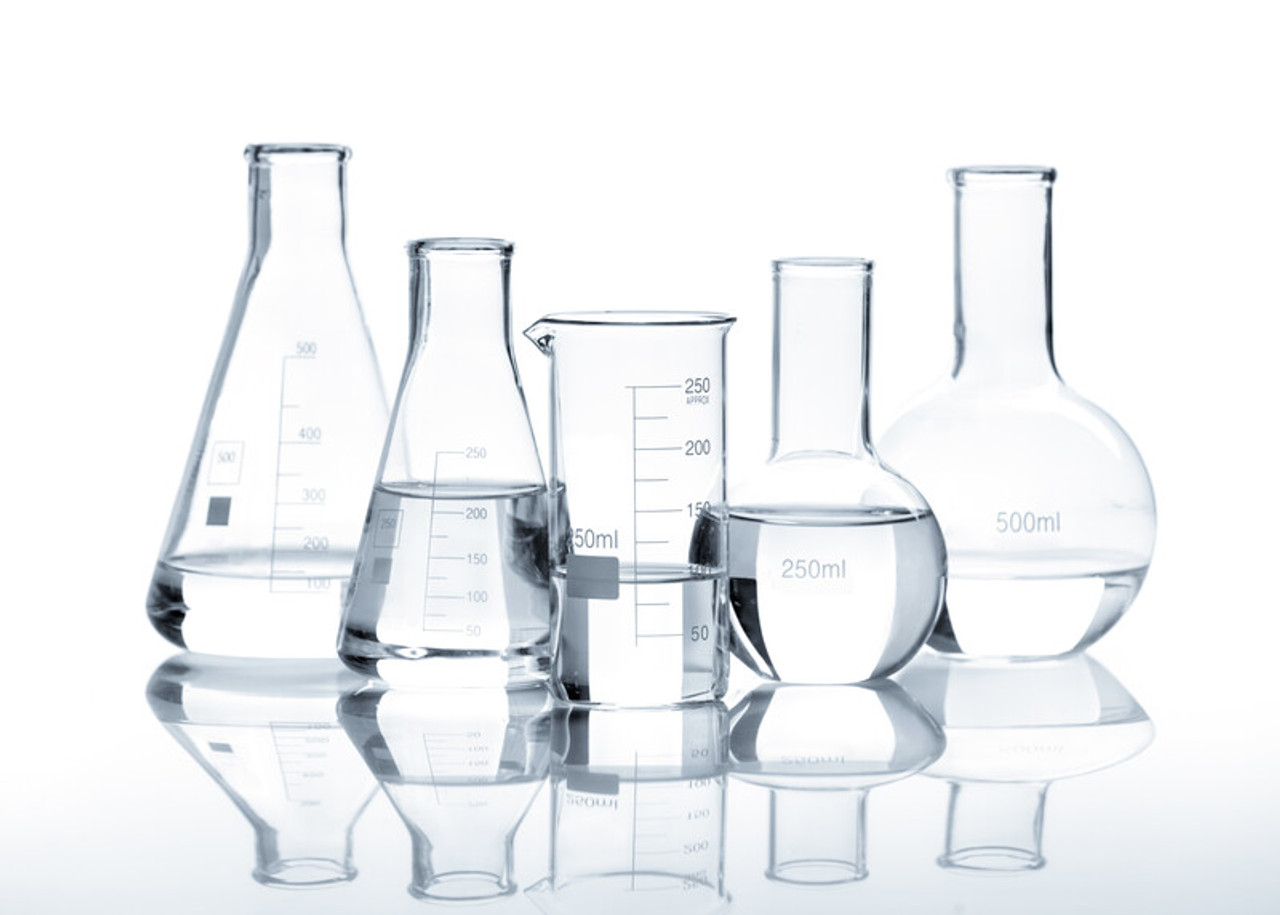
Mainly used for making polyester, moisture absorption agent, antifreeze, gas dehydrating agent, manufacturing resin, can also be used for cellophane, fiber, leather, adhesive wetting agent, Ethylene glycol methyl ether series products are excellent performance of advanced organic solvent, as printing ink, industrial cleaning agent, coating (nitrocellulofiber paint, varnish, enamel), copper coated plate, printing and dyeing solvent and diluent; It can be used as raw materials of chemical products such as pesticide intermediates and synthetic brake fluid. As electrolytes for electrolytic capacitors, chemical fiber dyeing agent for leather, etc. Used as textile additives, synthetic liquid dyes, as well as fertilizer and oil refining in the production of desulfurizer raw materials.

Gas dehydration, Plasticizer for paper, composition cork, glues, adhesives, bookbinding and coatings, Glass-grinding aids, Fiber-finish component, Cement-grinding aids, Mold release agent, Stabilizer for soluble oil dispersions, Compatibilizer for dye and printing ink components, Aromatic and paraffinic hydrocarbon separations, Printing ink/paint pigments/dyes, Binder for foundry sand-molding, Latex paint antifreeze, Antifreeze, Deicing fluid, Heat transfer fluids, Drywall joint compound, Belt wetting agent, Unsaturated polyester resin, Plasticizer intermediate for nitrocellulose lacquers, enamels and adhesives, Polyester polyols for urethane foam, Thermoplastic polyurethanes, Emulsifiers, Lubricants, Morpholine.

It is widely applied in air conditioning systems as a coolant, in the textile and cosmetic industries as raw materials, or in the production of resins. as a dehydration agent, It eliminates the moisture from natural gas streams to prevent ice formation, in industrial heating and cooling systems as a heat transfer fluid, wide application in the pharmaceutical sector as a solvent and stabilizer in its liquid formations, Used as a solvent for rubber, grease, resin, nitrocellulose, pesticides, paint, etc.; used as an ester plasticizer for glass fiber, polyvinyl, PVC, etc.; used as an anti-drying agent for fiber lubricant, tobacco, and desiccant for natural gases; used as a great substitute for diethylene glycol.

It is an important solvent in the paints industry on account of and for oils and fats . Its moderate volatility and its resistance to blushing and levelling problems such as orange peel effects make it possible for paints with excellent levelling and gloss to be formulated. n-Butyl acetate is often employed in combination with n-butanol in paints, because n-butanol enances the resistance to blushing and increases the solvency in many cases. N-Butanol cannot be used in paint systems that have to be free of hydroxyl groups, such as isocyanate paints.

It is mainly used as an effective solvent for the production of nitrocellulose, cellulose acetate, resins, greases, synthetic leathers and perfumes. Methyl acetate is utilized as a flavoring ingredient in food additions because of its pleasant aroma. It is used for coatings, such as on automobiles, furniture, and industrial equipment. Methyl acetate is used in cleaning, personal care, and cosmetics. It is used in glue, paint, and nail polish removers. It is used as a chemical intermediary in the production of phenyl acetone and other compounds. Methyl acetate is used as an intermediate in the production of cellulose adhesives and fragrances.

It is a colorless organic compound with a pleasant fruity aroma, has found its way into various industries due to its unique properties. Its versatility, low toxicity, and excellent solvent capabilities have made it a popular choice for a wide range of applications. Ethyl acetate serves as an ideal solvent in Surface CI printing, or surface coating and impregnation printing, involves applying a thin layer of color or coating to the surface of materials. It is widely used in the adhesive tape industry, particularly in the formulation of pressure-sensitive adhesives (PSAs). It is a vital solvent in the paint industry, used in both water-based and oil-based formulations. As a solvent in the manufacturing of medicines, including tablets, capsules, and liquid formulations. Ethyl acetate is a common solvent in ball pen ink formulations. It helps dissolve dyes or pigments, ensuring smooth flow and even distribution of ink from the pen. Ethyl acetate is a primary component in nail polish formulations. Ethyl acetate is a widely used solvent, especially for paints, varnishes, lacquers, cleaning mixtures, and perfumes.